- About
- Topics
- Picks
- Audio
- Story
- In-Depth
- Opinion
- News
- Donate
-
Signup for our newsletterOur Editors' Best Picks.Send
Read, Debate: Engage.
| July 09, 2015 | |
|---|---|
| topic: | Climate action |
| tags: | #carbon footprint, #carbon offset, #China, #climate change, #impact investing, #laces, #shoe production, #UNDO Labs |
| located: | China |
| by: | Itai Lahat |
A typical shoe has a carbon footprint of 13.5 kilos of CO2. The actual energy needed to manufacture one shoe is equivalent to a 100 watt light bulb turned on for a whole week. Taking into consideration that around 25 billion shoes are sold globally every year, this is an outrageous amount of energy and the CO2 emissions that accompany the production process. To put it into perspective, the CO2 emissions created by the shoe industry is close to that of the entire country of Italy!
The strange thing about shoes is not the size of a shoe’s carbon footprint, but where the majority of that footprint comes from. In 2013, a team led by Randolph Kirchain, principal research scientist in MIT’s Materials Systems Laboratory, broke down the various steps involved in both materials extraction and manufacturing of one pair of running shoes to identify hotspots of greenhouse-gas emissions. The group found that much of the carbon impact came from powering manufacturing plants: A significant portion of the world’s shoe manufacturers are located in China, where coal is the dominant source of electricity. Coal is also typically used to generate steam or run other processes in the plant itself.
So if the energy used to manufacture a pair of shoes is dirty, how about just cleaning it up?
That’s exactly what UNDO labs, an Istanbul-based design studio that reconfigures our environmental relationship with man-made products, has done. The first product of the studio, named UNDO laces, is, well, a pair of laces. But how can a pair of laces undo the environmental damage that a pair of shoes creates? Simple: You buy a pair of shoelaces, UNDO Labs offsets the carbon footprint of your shoe. It’s simple, and effective.
The studio just completed a very successful Kickstart campaign and raised enough money to put its ambition and prototypes into real production. In the Kickstarter campaign, Kerem Alper, one of the co-founders of UNDO, is also promising buyers to have the ability to choose to their liking the offset carbon credits from around the world through a designated App. The carbon credits themselves will be purchased from wind and solar energy projects or reforestation projects.
Finally, the studio also designed the laces themselves a bit radical. At the end of each lace two magnets close it to a loop. It is a functional tool for replacing laces easily as well as avoiding stepping on your own laces. But more than that, it is a statement: it’s a visual manifestation of UNDO’s purpose. We can’t wait to close the loop on ours soon.
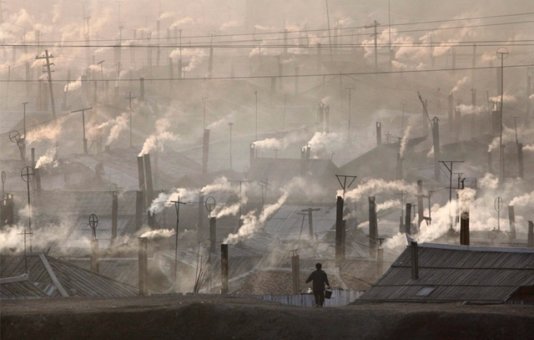
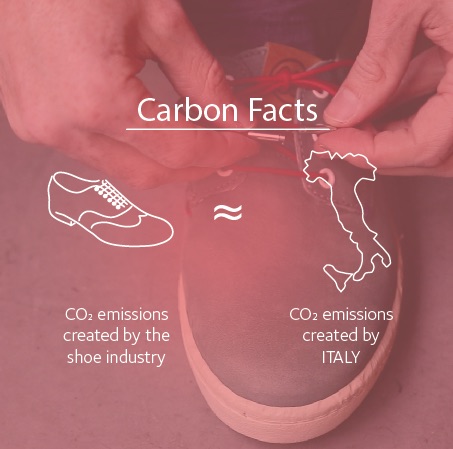
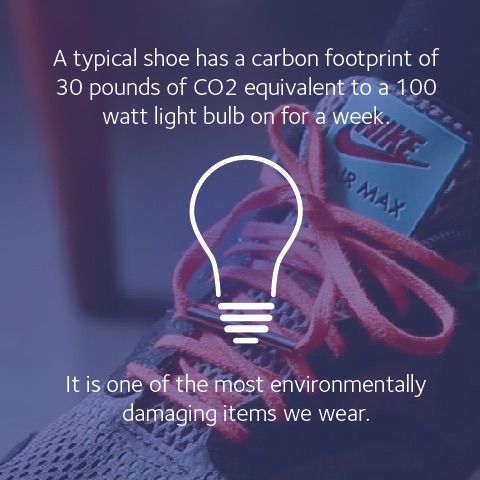
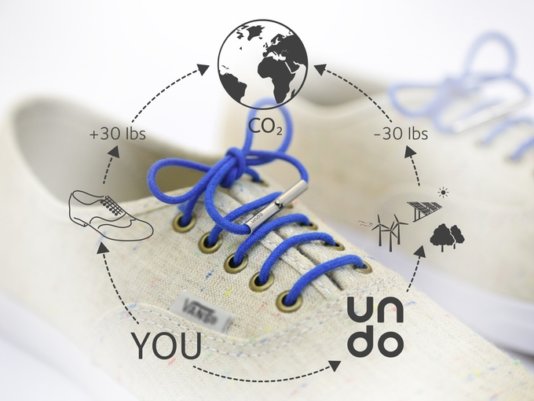
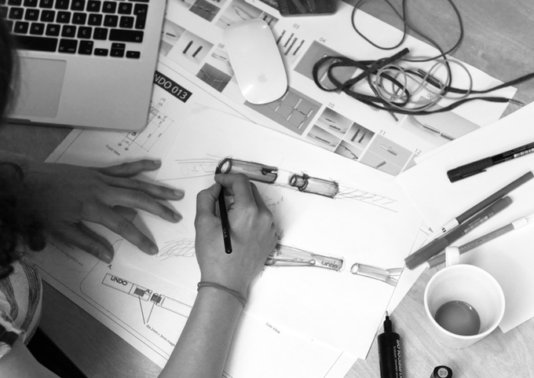
By copying the embed code below, you agree to adhere to our republishing guidelines.
